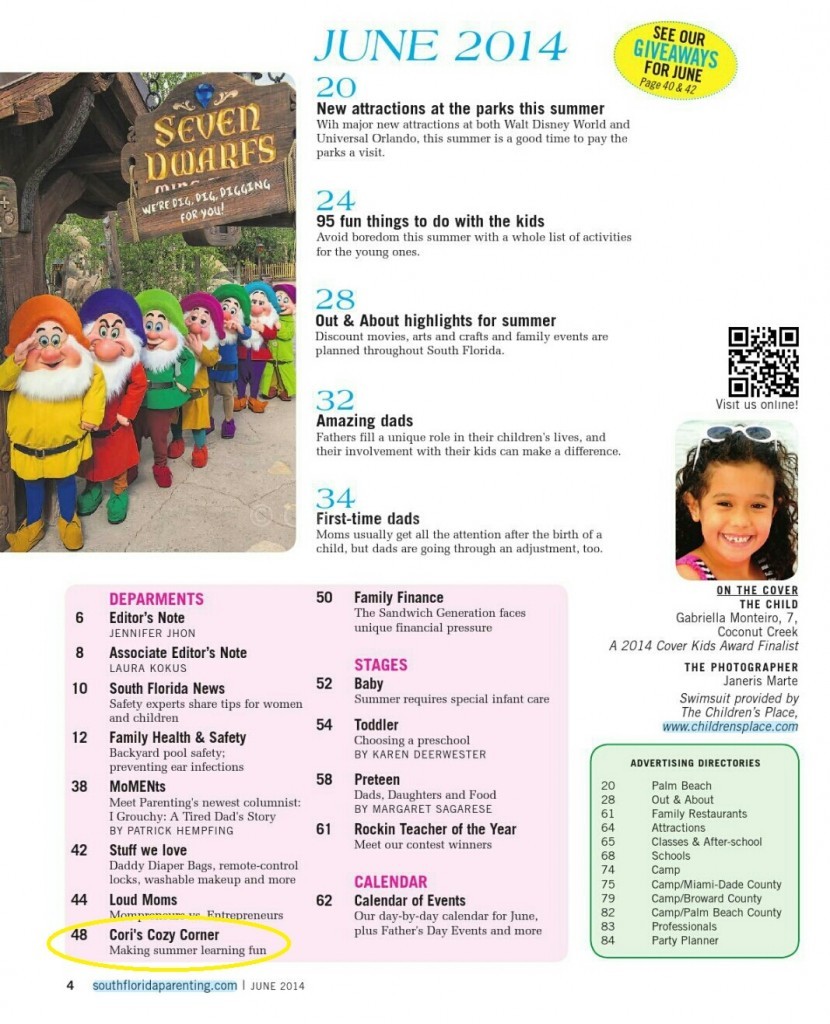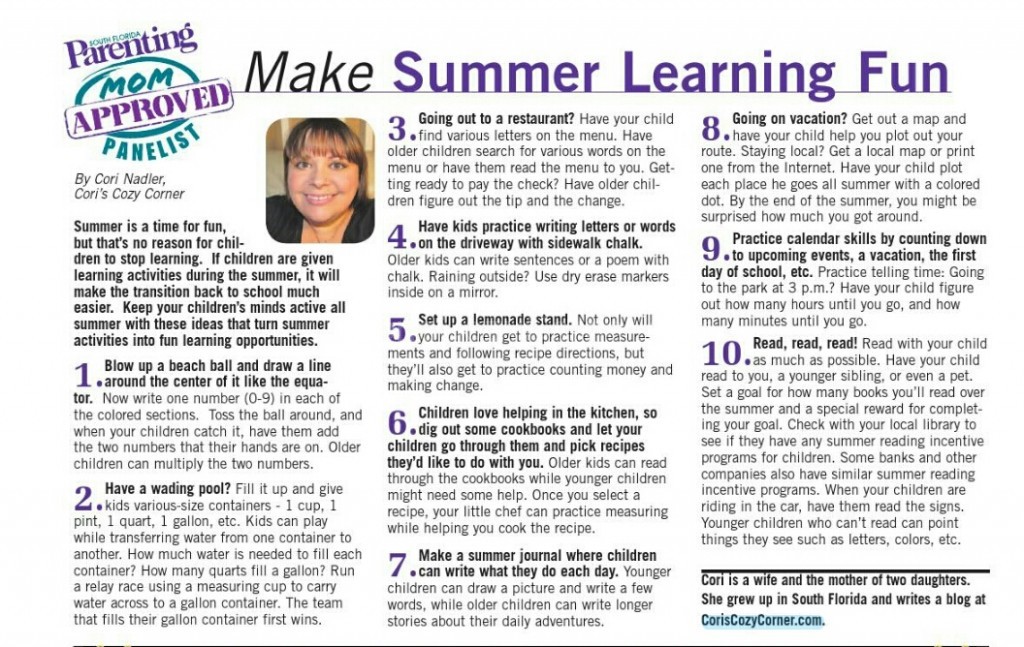If, like me, you have always encouraged your children to read, then you will absolutely love this idea.
If you are fortunate enough to have a spare room in your home, such as a converted attic, then why not transform it into a home library? Creating a home library is a wonderful way to encourage your children to read and study on a regular basis.
The best thing about turning an unused room into a home library is that you can also use it. If you love to read like I do, then having your own library might just be a dream come true.
To help you create an educational and relaxing library in your home, here are some handy tips.
1. Think about the library’s location
If you are lucky enough to have the choice of a couple of rooms for your library, think carefully about where to create it. Ideally, you want a library that isn’t disturbed by other people in the house and won’t be affected too much by outside noise.
2. How many books will your library need to hold?
Ask yourself how many books you would like your library to hold. Will you just be filling it with your books or will you be investing in a new range of books? Are you aiming to make your library a study area for your children? And, if so, how many educational books will it need to hold? Think about your storage needs and decide what type of bookshelves are necessary.
3. Choose the color scheme
Think carefully about the colour scheme that you would like to use in your library. In the past, home libraries tended to be neutral coloured. However, if you want to motivate your children, then brighter colors might be a better choice.
If you want to create a stylish library, think about ways you can incorporate bright colours into the design in a sophisticated way. Perhaps you could use accessories to add color?
4. Make your library comfortable
Any good library is comfortable and cozy, and your home library shouldn’t be any different. If you want your children to use the library to read and study, then it needs to be comfortable and appealing to them.
Adding in plush armchairs and a relaxing 8 foot bean bag, as well as plenty of floor cushions, will make your library a comfortable place for you and your children to spend time in.
5. Think about furniture
Aside from armchairs and bookshelves, think about any other furniture you would like to add to your library. For example, you may want to add a couple of desks or a large table for reading on or studying on.
When thinking about the furniture you want to add to your library, it is important to take the space of the room into consideration. Putting too much furniture in your library will overcrowd it and clutter up the space, making it more difficult to concentrate in there.











